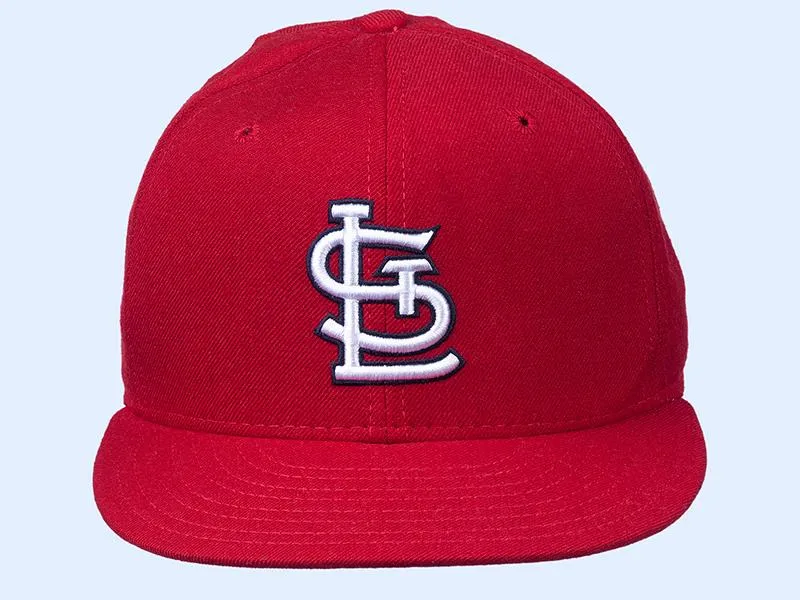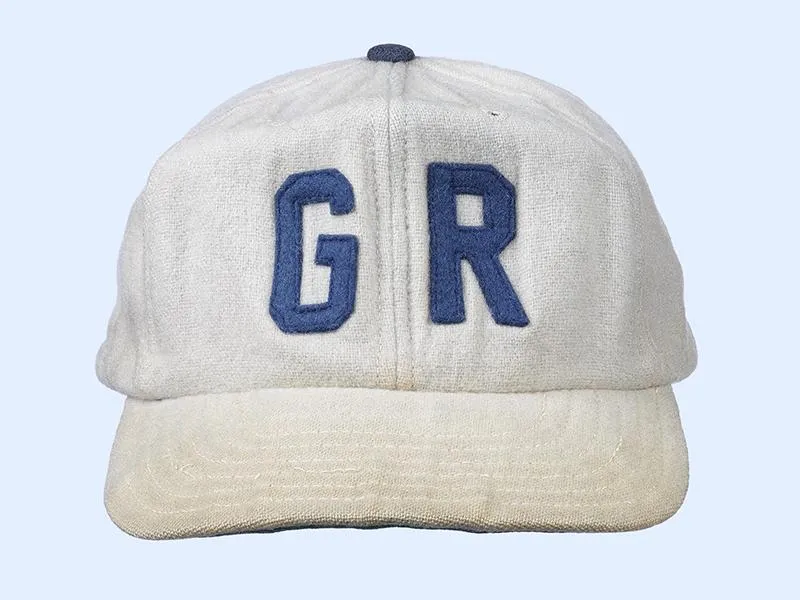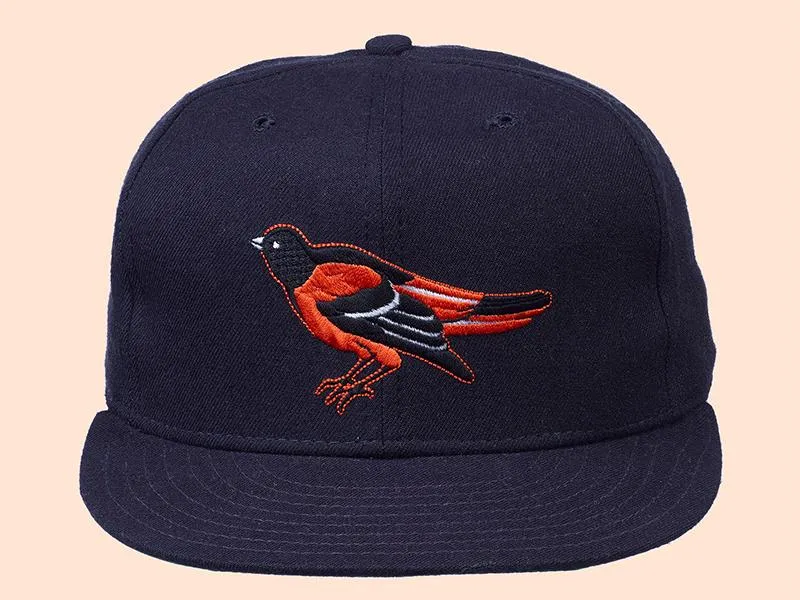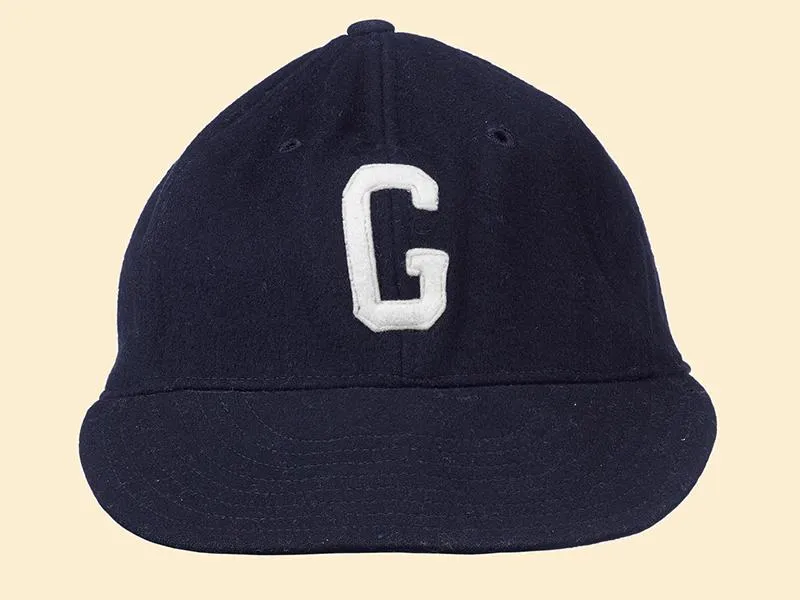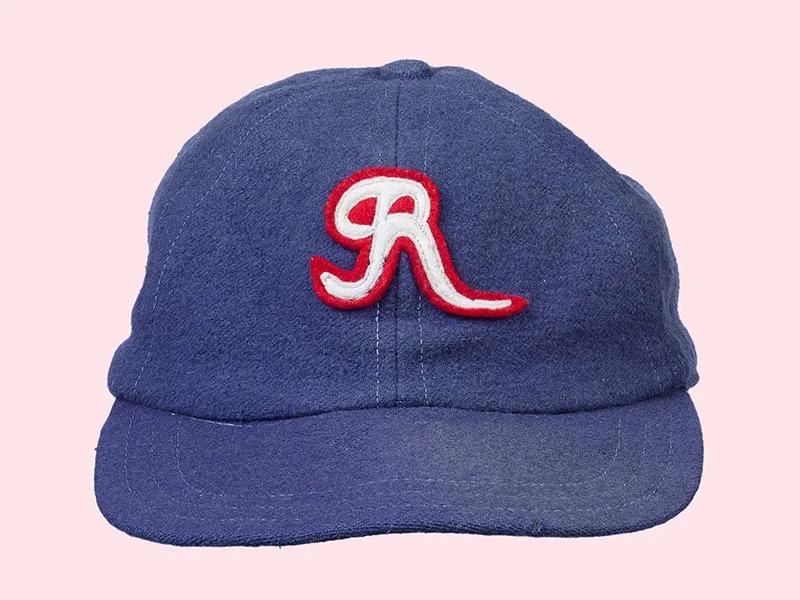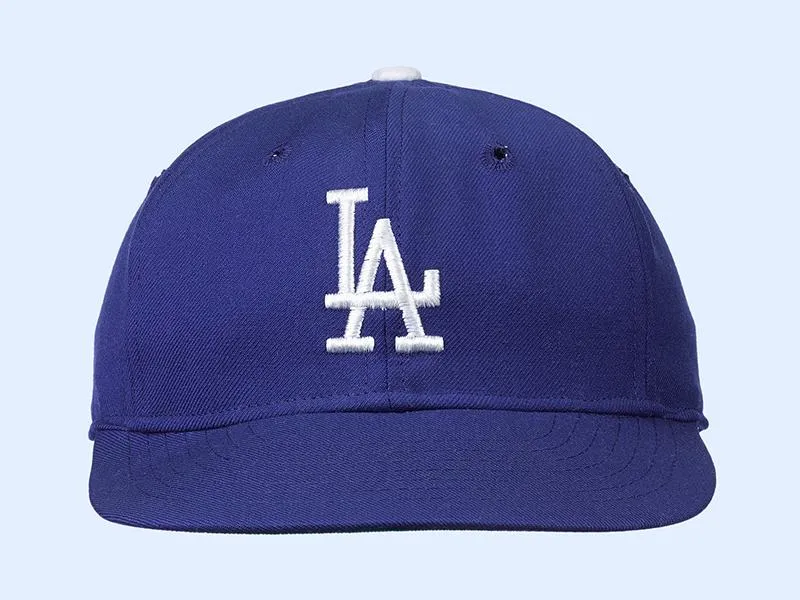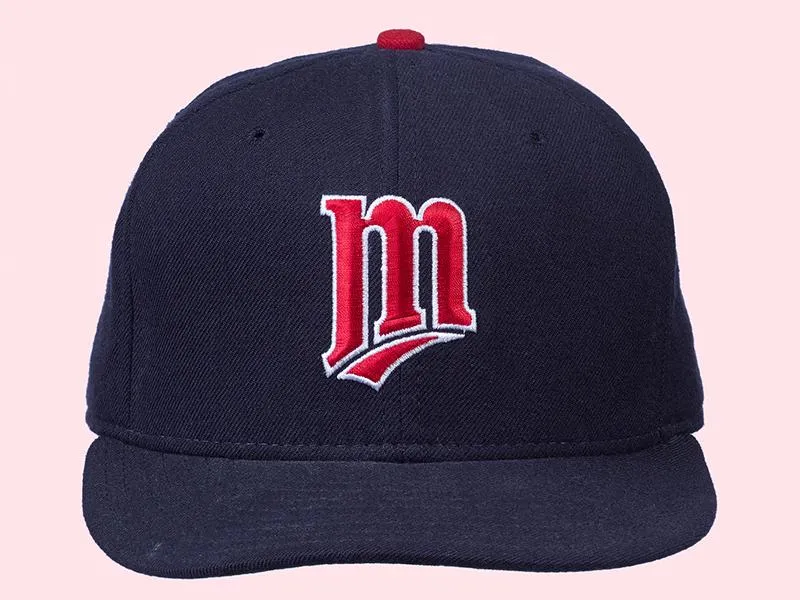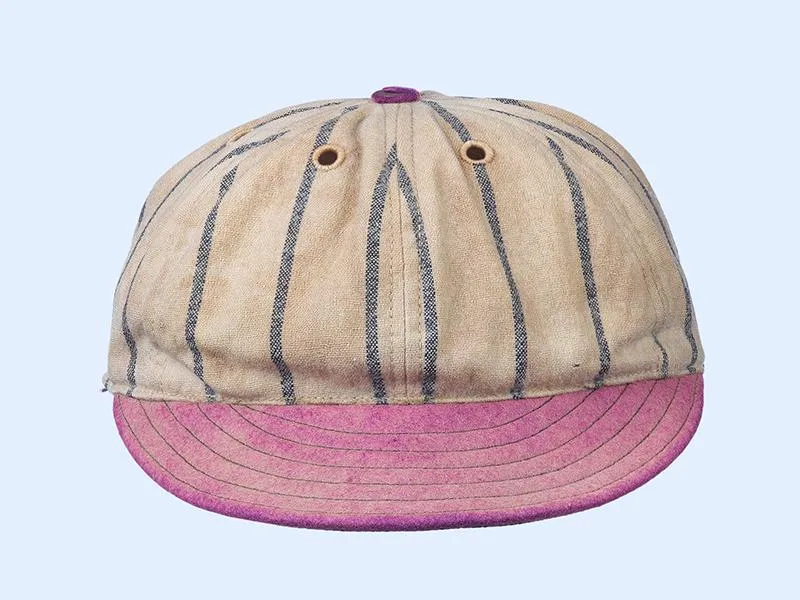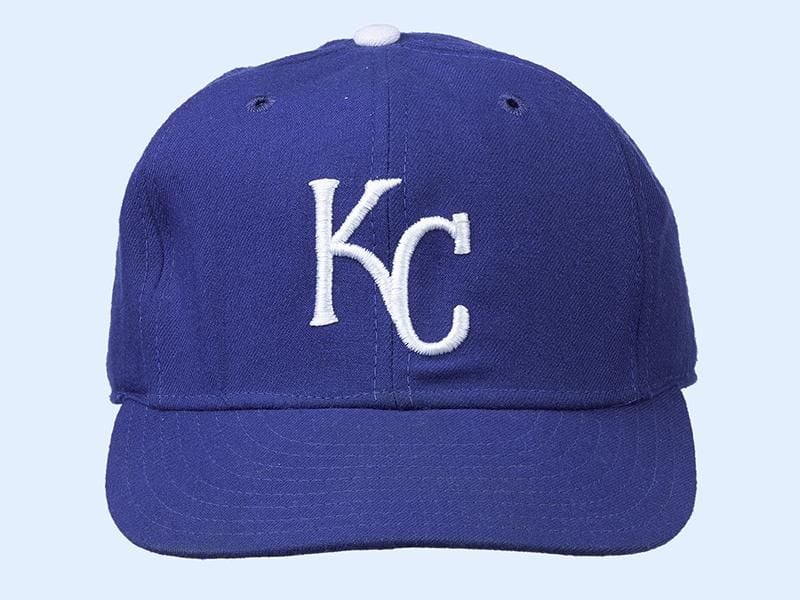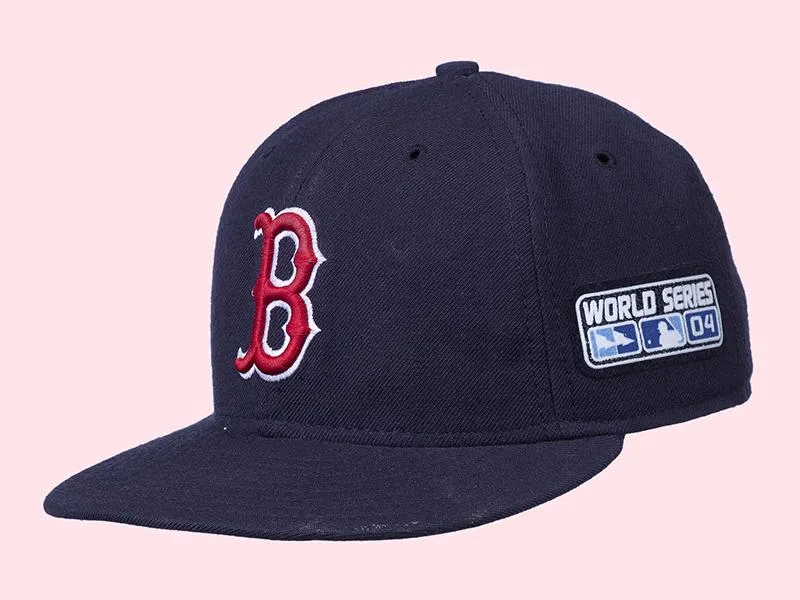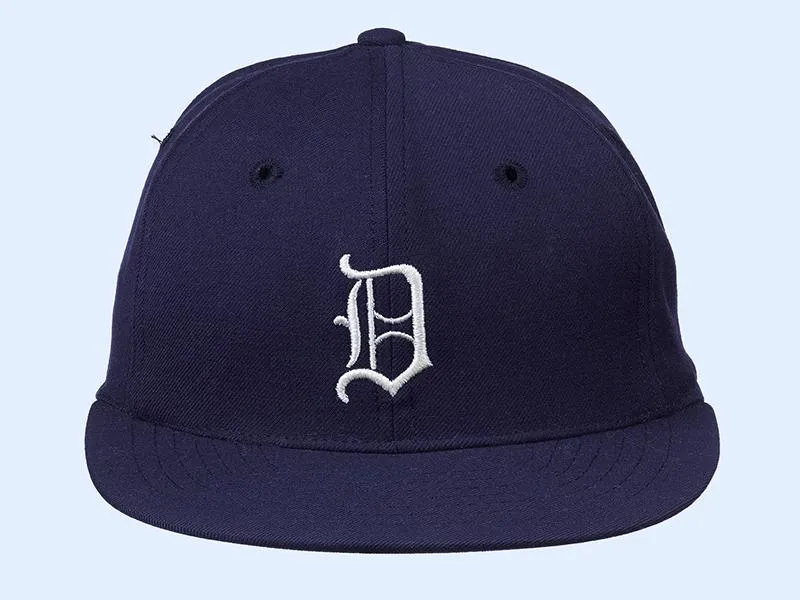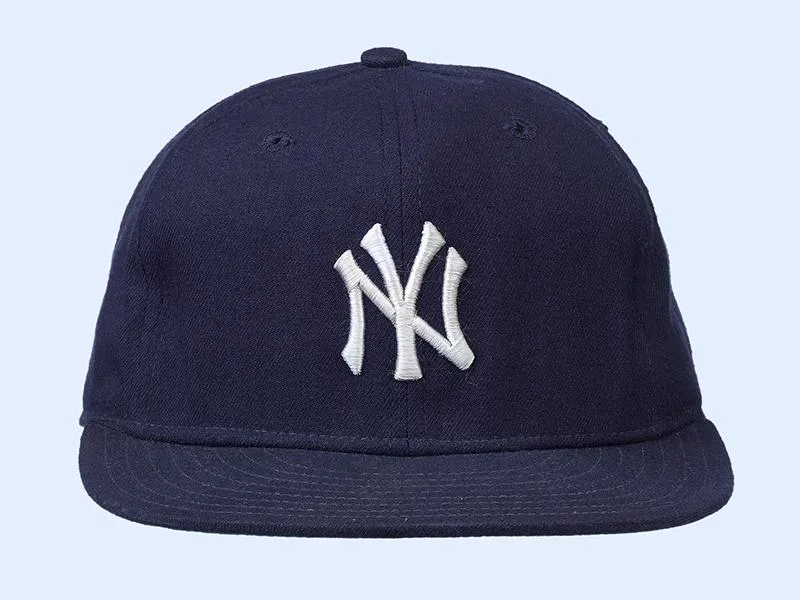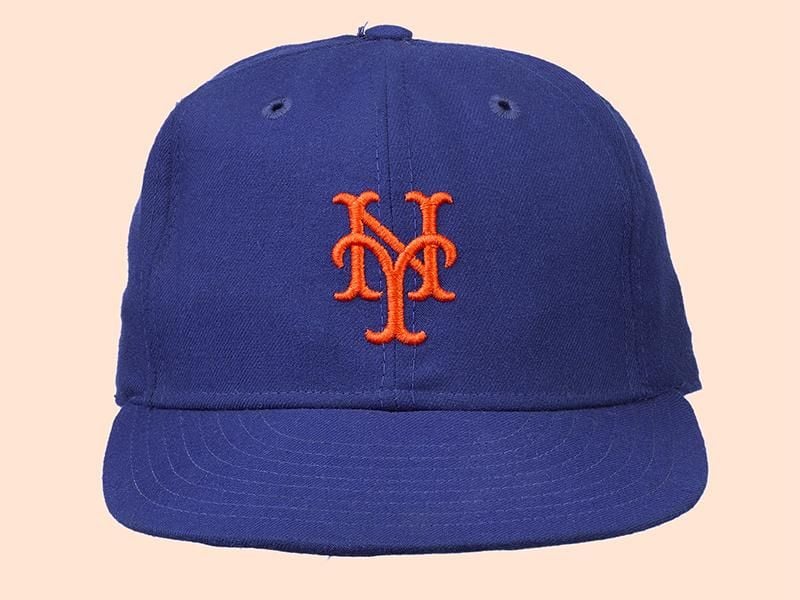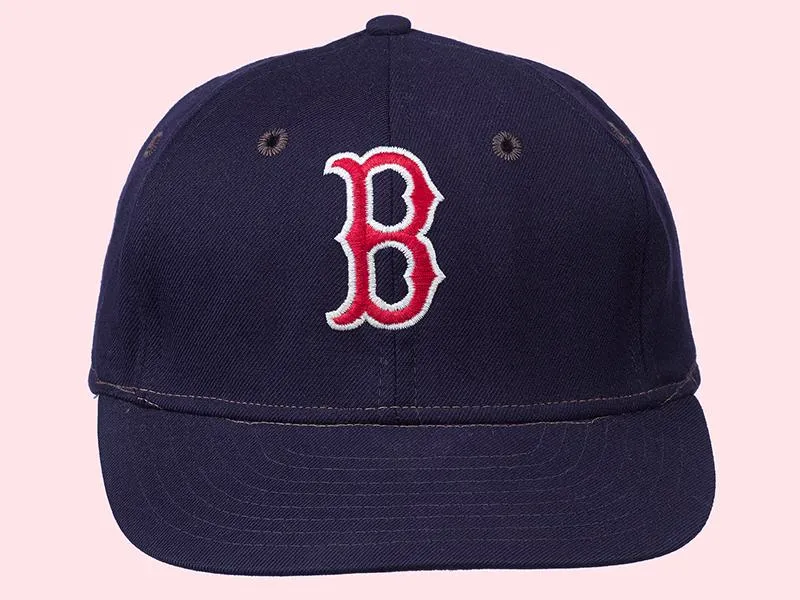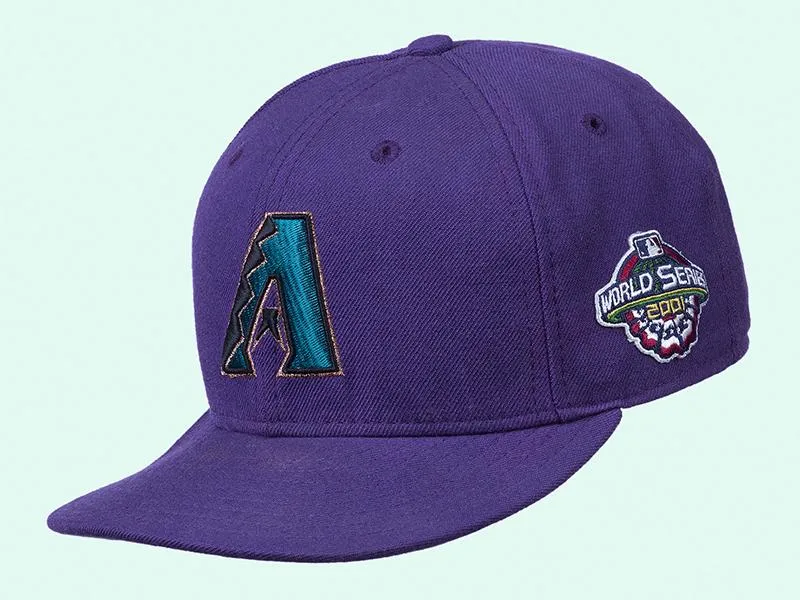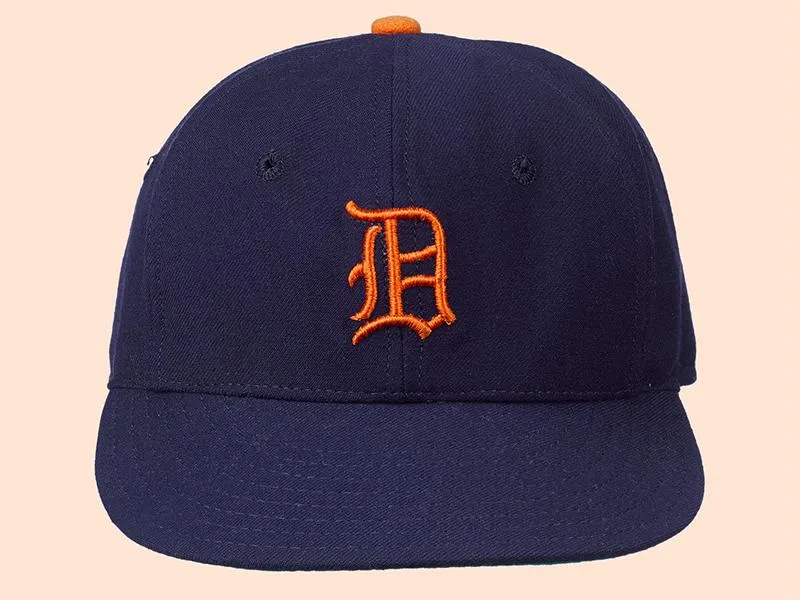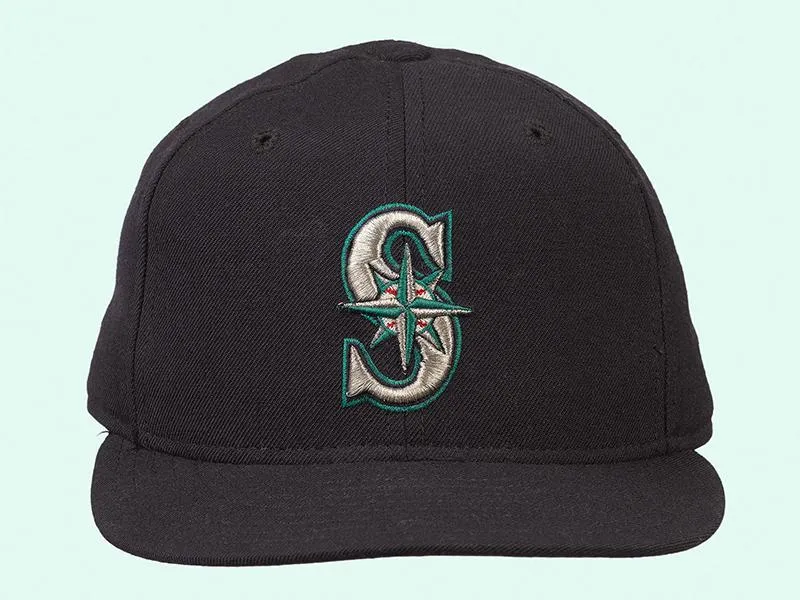How the Baseball Cap Went From Athletic Gear to Fashion Statement
A tip of the cap to the nation’s crowning accessory
/https://tf-cmsv2-smithsonianmag-media.s3.amazonaws.com/filer/14/55/145500e8-ef9e-4d39-bbeb-965d1de2794f/baseballopener_copy.jpg)
The first-ever baseball game that you would recognize took place in Hoboken, New Jersey, on June 19, 1846, when the New York Knickerbockers played the more prosaically named New York Baseball Club. There had been bat-and-glove competitions throughout the Northeast, to be sure, but the Knickerbockers made things official, formalizing the number of teammates, the rules of play and the uniform: They arrived at the stadium, Elysian Fields, dressed in matching shirts and pantaloons and wide-brimmed hats made of thin, plaited wood strips.
That day’s game featured nine innings, nine field positions and an untimed pace of play—customs that hold to this day. Though the Knickerbockers’ stipulation that each player “must also have the reputation of a gentleman” has been sadly strained over the years by dugout-clearing brawls and cheating scandals, not to mention the unsporting use of steroids, the modern game still owes a great deal to the mid-19th century.
But the straw hats didn’t last.

The Knickerbockers switched to merino wool within a couple of years, and the design eventually acquired a narrow front brim and specialized stitching to support a higher, more comfortable crown made of six panels; that differentiated the hat from its forebears, including the front-leaning newsboy’s cap and the double-long-brimmed deerstalker hat. The stubby new model was designed not for style, but rather to keep the sun out of players’ eyes. Then in 1901, the Detroit Tigers made arguably the farthest-reaching innovation in the game’s history: They put their namesake animal on their caps, turning a utilitarian sunshade into a battle flag. The cap’s usefulness and brandability would turn it into perhaps America’s greatest fashion export, changing the way people dress in every country of the world.
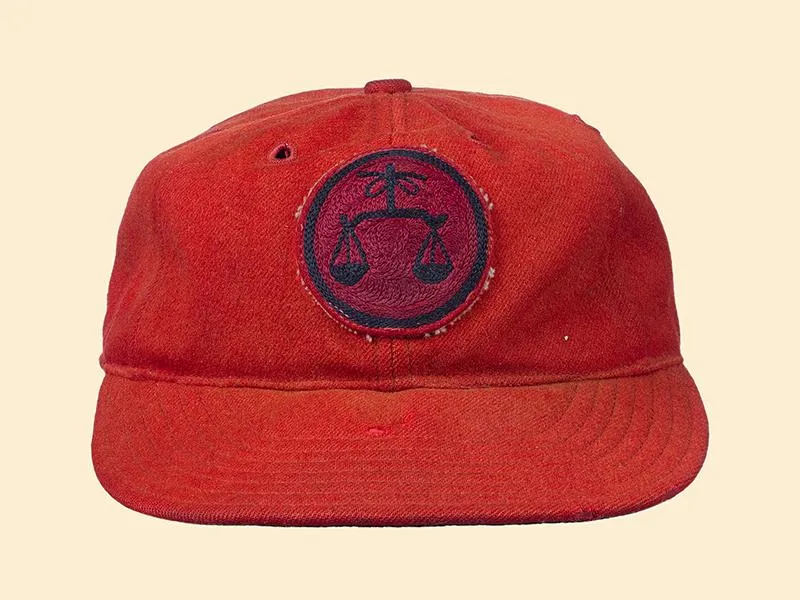
The “Philadelphia style,” with a sturdier brim, debuted in 1908, and was quickly embraced by major-league teams. Designers continued to tinker, as crowns grew higher and materials became sturdier. The advent of television—the first major-league game was telecast on August 26, 1939—brought a whole new audience to the sport and precipitated a rush of uniform redesigns and team relocations. By 1945 every team was wearing its own branded hat, and the accessory soon threaded its way into the hearts of children, especially those who played Little League and would take the look into adulthood.
In the 1960s and ’70s, agricultural companies began embellishing their foam-front hats with company logos and cheap, plastic adjustable straps. Mesh backing also made the hats more breathable for workers, and long-haul drivers embraced these new accessories, inaugurating the phenomenon of the trucker hat.
In the 1980s, New Era, the company that had supplied Major League Baseball for decades, started selling authentic team-branded hats to fans. Soon they were de rigueur. Tom Selleck’s character in “Magnum, P.I.,” set in Hawaii, wore a Tigers hat. You could see baseball hats on the cover of French Elle, in rap videos and atop the head of Princess Diana, whose occasional appearance in jeans and a baseball cap helped nurture her reputation as the “people’s princess”: It signaled approachability, even for a royal. And it worked for other luminaries as well. Steve Reich, a composer whose work has been played in some of the grandest halls in the world, and Paul Simon, one of the most successful pop musicians of the last 50 years, are both inseparable from rumpled, unbranded caps, even when they’re wearing black tie. No stuffy art-world or rock-star glamour here, the hats say. These are millionaires you could have a beer with.
Similarly, when Jay-Z released his debut album, Reasonable Doubt, in 1996, he appeared on the cover hidden under a fedora and scarf fit for a mafia don. Ten years later, on his way to becoming the first hip-hop billionaire, his Kingdom Come album showed him in a Yankees hat. Once he was a true kingpin, the rapper-magnate needed to telegraph relatability, not braggadocio.
The baseball hat deflates grandeur so well because, theoretically, anyone could be underneath; as memorabilia goes, it’s cheaper than a jersey and goes with any outfit. Politicians, whether George W. Bush with the Texas Rangers or Barack Obama with the Chicago White Sox, use the hat like a corn dog at the Iowa State Fair. It shows that they are one of us, with apolitical interests that transcend—and ennoble—their own ambitions. For those who prefer their consumption conspicuous, you can find baseball hats from designers like Louis Vuitton in excess of $1,000. Designers know that in a ball cap, even a supermodel can look like the girl next door.
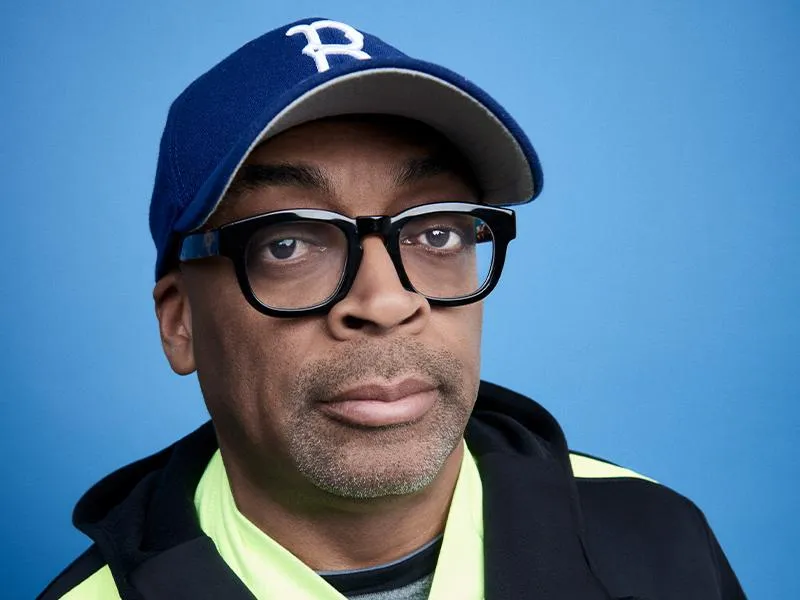
Even though baseball’s biggest stars switch caps regularly whenever they’re traded, the hat itself, whether a high-fashion brand from Europe or a New Era model made in Asia, remains a symbol of belonging: Its message sits at the literal top of our being. You can see instantly, even from a distance, whether a person is a veteran, a Pirates fan or a political partisan. Even in football, basketball and hockey, the first thing athletes do when they win a championship is to snap a new special-edition cap on their heads to make it official. When your group is at its proudest, only that brim and tall crown will do.
Editor's note, March 22, 2021: A photo caption in this story has been corrected to state that director Spike Lee was born in Atlanta, not Brooklyn.

